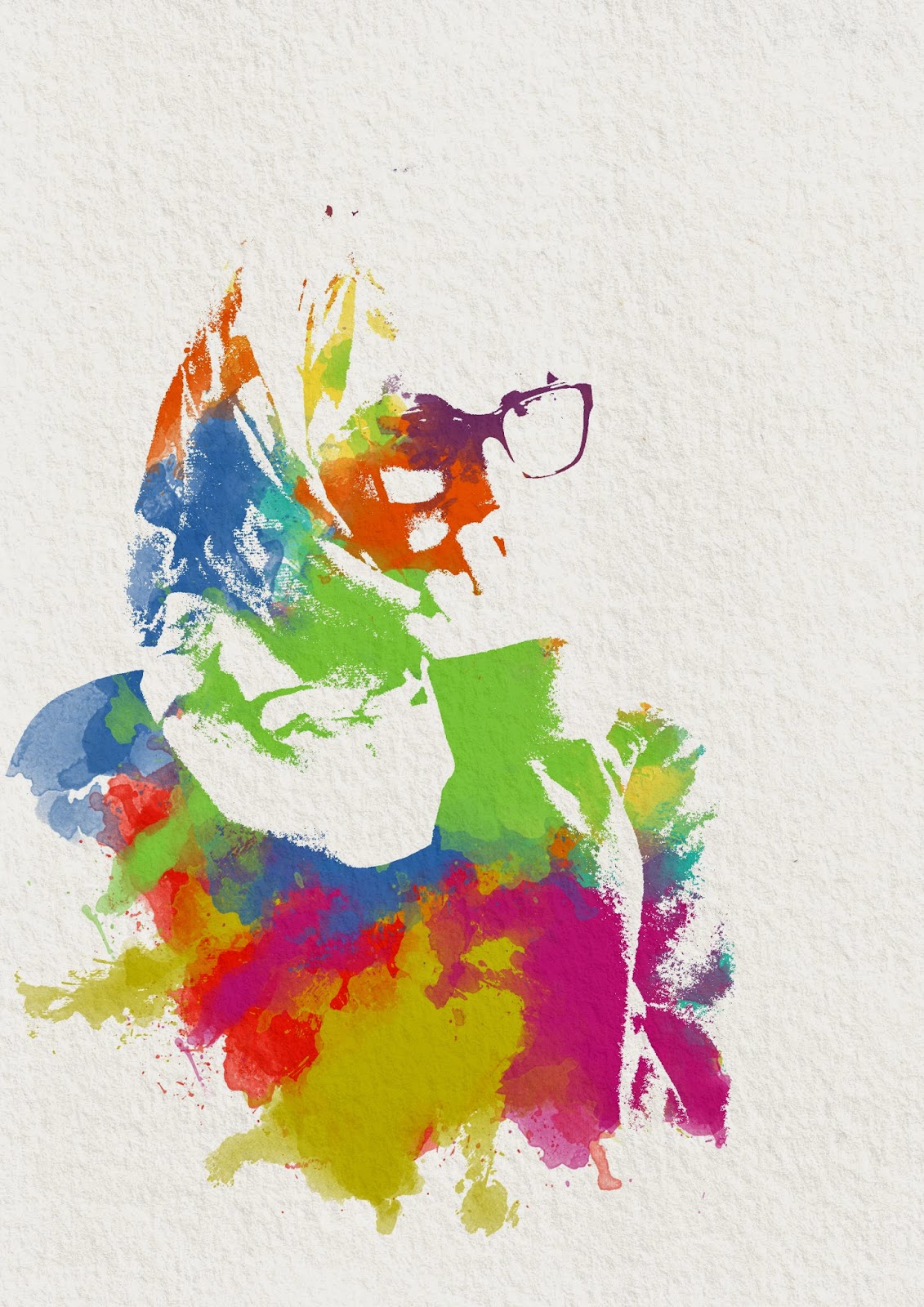
These are my examples of an image inspired by Stina Persson. When taking the images I used a bright, harsh light which gave strong contrast on the face. I knew the shadows would be where the colour came through so I tried to position the model to get the most detail in the face. The image had to be desaturated and made into a pure black and white by increasing the threshold level. I then had to add a mask which allowed the colour to come through certain parts of the image. I then moved the watercolour splashes to get the most detail and the best final image. The colours used were very bright compared to Stina Perssons however I like how it gives a fun affect and really draws the viewers attention. My final piece will be based on this.





